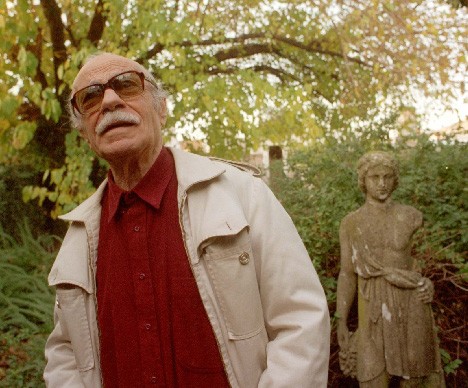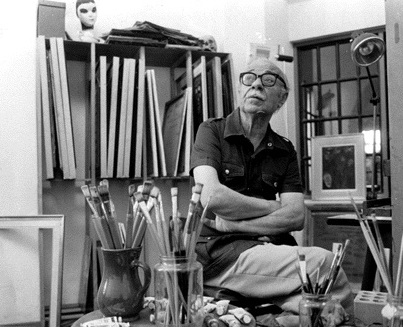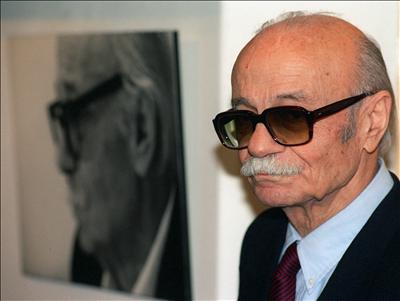<Back to Index>
- Chemist Eleuthère Irénée du Pont, 1771
- Writer Ernesto Sabato, 1911
- Pensionary of Leiden Rombout Hogerbeets, 1561
PAGE SPONSOR
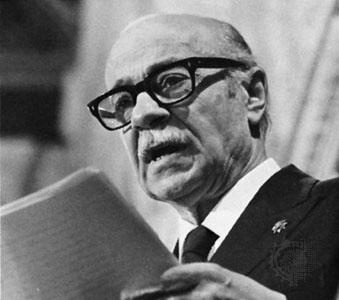
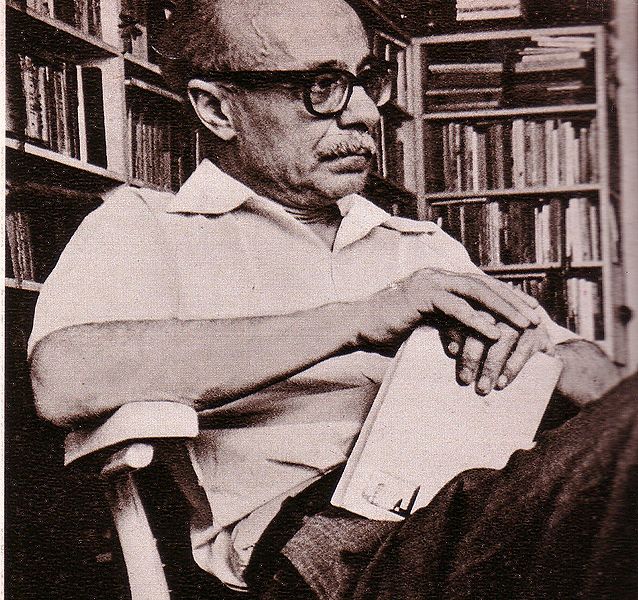
Ernesto Sabato (born June 24, 1911) is an Argentine writer. He was born in Rojas, a tiny town in Buenos Aires Province. Sabato began his studies at the Colegio Nacional de La Plata. He then read physics at the Universidad Nacional de La Plata, where he earned a Ph.D. He then attended the Sorbonne in Paris and worked at the Curie Institute. After World War II, he lost faith in science and started writing.
He published his first novel El Túnel (translated
as "The Outsider" or "The Tunnel"). Written in 1948, this novel is told
as the confession of the painter Juan Pablo Castel, who has murdered
the only woman capable of understanding him. Throughout the novel
Castel questions his actions and those of others. As narrator, Castel
offers a detailed expose on why he killed his lover, María
Iribarne. Authors such as Albert Camus and Graham Greene particularly lauded Sabato's novels. By request of president Raúl Alfonsín, he presided over the CONADEP commission that investigated the fate of the desaparecidos during the Dirty War of the 1970s. The result of these findings, published under the title Nunca Más (Never Again) was released in 1984. Ernesto Sabato was born on June 24, 1911 in Rojas, Buenos Aires Province. He was the tenth son of Francisco Sabato and Juana María Ferrari (an Arbereshe from Calabria), of a total of eleven. Being born after his ninth brother's death, he carried on his name "Ernesto". In 1924 he finished primary school in Rojas and settled in the city of La Plata for his secondary education at the Colegio Nacional de La Plata. There he met professor Pedro Henríquez Ureña, an early inspiration for his writing career. In 1929 he started college, attending the School of Physics and Mathematics at the Universidad Nacional de La Plata. He was an active member in the Reforma Universitaria movemment, founding "Insurrexit Group" in 1933 - of communist ideals - together with Héctor P. Agosti, Ángel Hurtado de Mendoza and Paulino González Alberdi, among others. In 1933 he was elected Secretario General of the Federación Juvenil Comunista (Communist Youth Federation). While attending a lecture about Marxism he met Matilde Kusminsky Richter, aged 17, who would leave her parents house to live with Ernesto. In 1934 he started to doubt communism and Stalin's regime. The Communist Party of Argentina, which had noted this, sent him to the International Lenin School for two years. According to Sabato "it was a place where either you recovered or ended up in a gulag or psychiatric hospital". Before arriving at Moscow, he traveled to Brussels as
a delegate from the Communist Party of Argentina at the "Congress
against Fascism and the War". Once there, fearing not coming back from
Moscow, he left the congress to escape to Paris. It was there where he wrote his first novel: "La Fuente Muda", which remains unpublished. Once back in Buenos Aires, in 1936, he married Matilde Kusminsky Richter. In 1938 he obtained his Ph.D. in physics from the Universidad Nacional de La Plata. Thanks to Bernardo Houssay, he was granted a research fellowship in atomic radiation at the Curie Institute in Paris. On May 25, 1938 Jorge Federico Sabato, his first son, was born. While in France he made contact with the surrealist movement, studying the works of Oscar Domínguez, Benjamin Péret, Roberto Matta Echaurren and Esteban Francés among others. This would have a deep influence on his future writing. In 1939 he transferred to the Massachusetts Institute of Technology, thus sparing himself from World War II .
Once in 1940 he came back to Argentina intent on leaving physics
behind. However, serving an obligation to those responsible for his
fellowship Sabato started teaching at the Universidad de La Plata for Engineering admission, and relativity and quantum mechanics for
post graduate degrees. In 1943, due to an "existencial crisis", he left
science for good to become a full-time writer and painter. In 1945, his second son, Mario Sabato was born. In 1941 Sabato published his first literary work, an article about La Invención de Morel by Adolfo Bioy Casares, in Teseo magazine from La Plata. Also, in concert with Pedro Henríquez Ureña, he published a collaboration in Sur magazine. In 1942, working for Sur magazine reviewing books, he was put in charge of the "Calendario" section and participated in "Desagravio a Borges" in Sur nº 94. He also published articles for La Nación, and his translation of The Birth and Death of the Sun by George Gamow is published. The next year he published the translation for The ABC of Relativity by Bertrand Russell. In 1945 his first book Uno y el Universo -- a
series of essays criticizing the apparent moral neutrality of science
and warning about a dehumanization processes in technological societies --
is published; with time he would turn towards a libertarian and humanist standing. That same year he was awarded a prize by the municipality of Buenos Aires for his book and the honor wand of the Sociedad Argentina de Escritores. In 1948 after being rejected by several Buenos Aires' editors Sabato published El Túnel in Sur magazine, a psychological novel narrated in first person. Framed in existentialism his first novel was met by enthusiastic reviews by Albert Camus, who had the book translated by Gallimard into French. It has been further translated to more than 10 languages.
